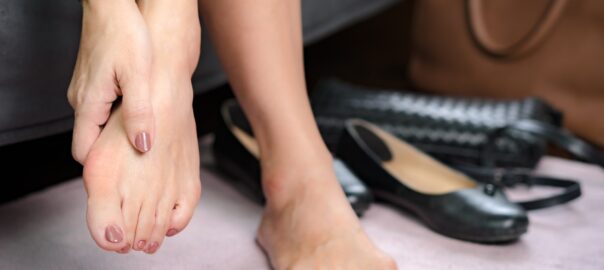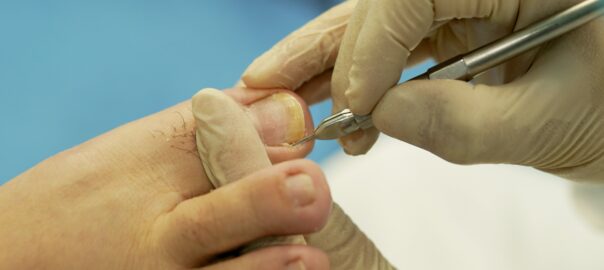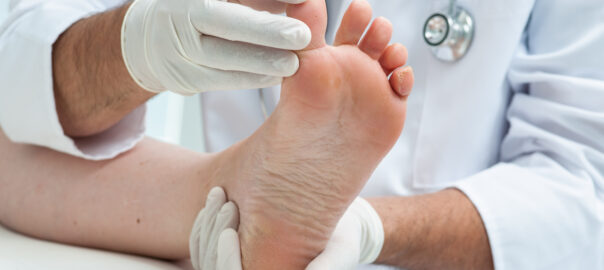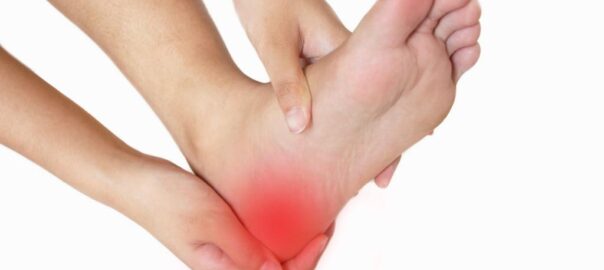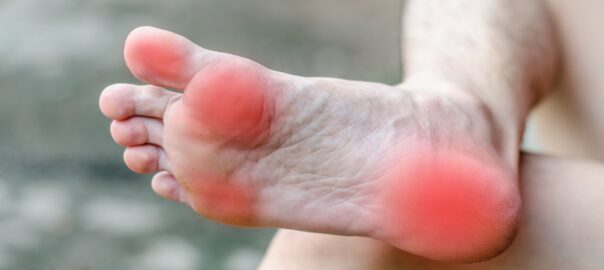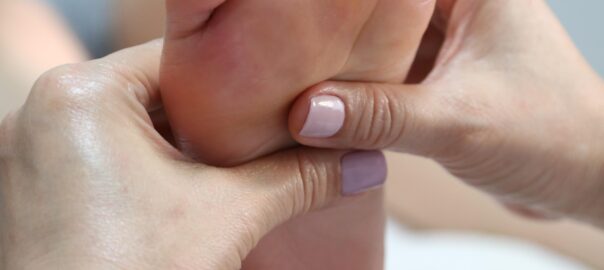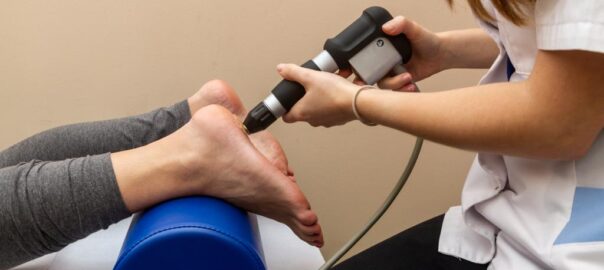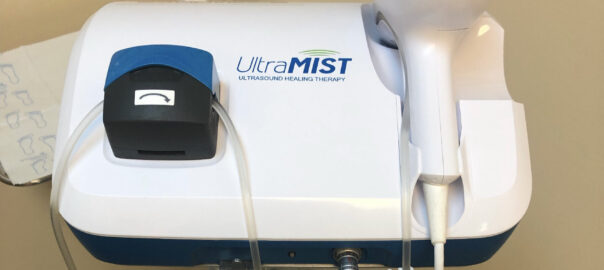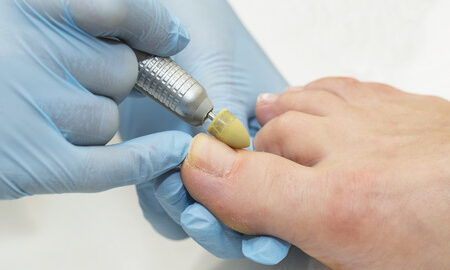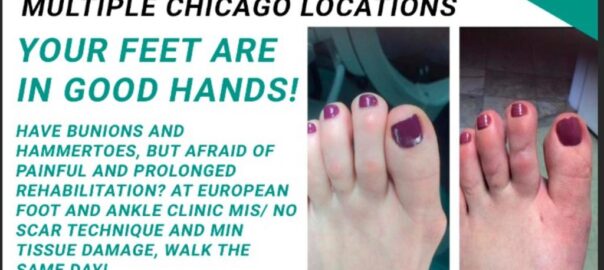Ways to Ease Your Bunion Pain
Bunion pain can be quite uncomfortable, but there are several strategies you can try to ease the pain and discomfort associated with bunions. Call Chicago podiatrists at 773-205-0106 for evaluation and treatment.
Here are some ways to ease bunion pain:
- Choose Comfortable Footwear:
- Opt for shoes that have a wide toe box to prevent pressure on the bunion.
- Avoid high heels and shoes with pointed toes, as they can exacerbate bunion pain.
- Orthotics and Inserts:
- Over-the-counter or custom-made orthotic shoe inserts can help redistribute pressure on your feet, reducing bunion discomfort.
- Padding and Cushioning:
- Use bunion pads or cushions to provide a barrier between your bunion and your shoe, reducing friction and pressure.
- Ice Packs:
- Applying ice packs for 15-20 minutes at a time can help reduce inflammation and numb the area, providing temporary pain relief.
- Pain Relievers:
- Over-the-counter nonsteroidal anti-inflammatory drugs (NSAIDs) like ibuprofen or naproxen can help reduce pain and inflammation. Always follow the recommended dosage.
- Toe Spacers:
- Toe spacers can help separate your toes, which may reduce pressure on the bunion and alleviate pain.
- Bunion Splints:
- These devices can help realign the big toe, especially when worn at night. Consult a healthcare professional before using a splint.
- Stretching and Strengthening Exercises:
- Gentle toe and foot exercises can help improve the flexibility and strength of the muscles around the bunion, potentially reducing pain over time.
- Foot Massage:
- Massaging your feet can help improve blood circulation and relieve tension in the muscles, which might alleviate bunion discomfort.
- Weight Management:
- Maintaining a healthy weight can reduce the pressure on your feet and lessen the strain on your bunions.
- Elevate Your Feet:
- When resting, elevate your feet to help reduce swelling and alleviate pain.
- Avoid Tight Shoes and High Heels:
- Wearing shoes that squeeze your toes or have high heels can worsen bunion pain, so it’s best to avoid them.
- Consider Shoe Inserts:
- Arch supports or custom-made orthotics can help distribute pressure evenly across your feet, reducing the strain on your bunions.
- Physical Therapy:
- A physical therapist can guide you through exercises and techniques to improve your foot strength and flexibility.
- Surgical Consultation:
- If conservative measures don’t provide relief, consult a podiatrist at 773-205-0106.


